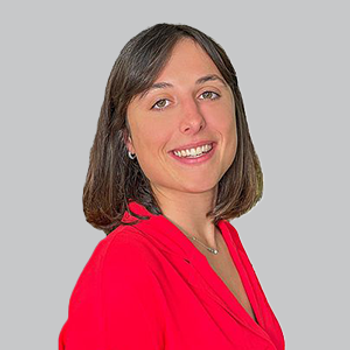
Mary Schroth, MD: The Challenge of Early SMA Recognition

The chief medical officer at Cure SMA detailed the importance of having options for patients and how certain administration routes and schedules offer more personalized approaches, particularly for adult patients with SMA.
That’s really been the crux in treating SMA—early recognition. We know through the clinical trials of each of the therapies that are available that they’ve studied them in pre-symptomatic infants. We know regardless of the treatment, the sooner it’s initiated, the better the outcome.
In spinal muscular atrophy (SMA), there exists a phenomenon called the diagnostic odyssey. It refers to the sometimes excruciatingly long time it can take for an infant or child to be diagnosed with SMA. In recent years, Cure SMA and other organizations have pushed for the expansion of newborn screening in an attempt to identify these patients sooner, with hopes that it would improve the speed to treatment for them, in turn.
Although, as Mary Schroth, MD, chief medical officer, Cure SMA, noted in an interview with NeurologyLive, even if the organization achieves its goal of getting newborn screening initiated in every state in the US, around 5% of infants with SMA will still remain unidentified. This, Schroth explained, highlights the difficulties of early identification, one the largest remaining challenge in SMA.
Schroth described the current status of that challenge and the role that early identification can play in changing the lives of patients. She also explained how physician education on the recognition of these patients as having SMA may help address that 5% that slips past newborn screening.
Newsletter
Keep your finger on the pulse of neurology—subscribe to NeurologyLive for expert interviews, new data, and breakthrough treatment updates.




























